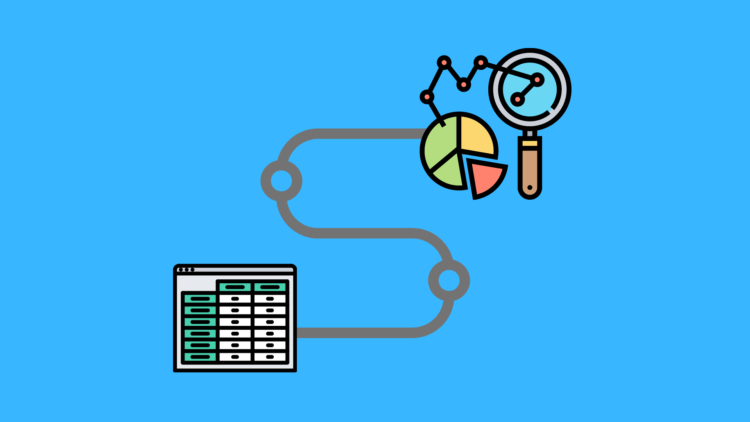Library, Partner
Whitepaper: How lenders can simplify and accelerate underwriting using predictive data
- The underwriting process runs on data, which often means multiple manual steps for both lenders and borrowers.
- That process becomes easier and smarter when data is reimagined -- integrated, automated, and predictive.








